COVID-19 has hit the medical community hard. Not only has the pandemic overwhelmed medical facilities with patients, but canceling elective procedures and procuring additional personal protective equipment (PPE) have hurt their finances. In fact, the American Hospital Association estimated that hospitals lost $202.6 billion from the beginning of March through the end June of 2020.
What can healthcare organizations do to boost their finances? Improving your practice’s patient flow is a proven way to increase revenue and patient satisfaction. By building a seamless patient flow, you’ll be able to get patients in and out quickly, allowing you to treat more people. Let’s go through the basic steps of your organization’s patient flow and see how you can build a seamless process.
Streamline your patient check-in and checkout
Unfortunately, many patients find checking in and out for their appointments inconvenient. Why? Registration and check-in forms are notoriously long, and asking patients to fill out these forms at the front desk can slow down your patient flow.
To keep your check-in process quick and easy, try using online intake forms instead. An online form allows you to send the document to patients before their appointments. That way, when they arrive at the office, they can head straight into their appointment instead of spending time filling out paperwork.
These online forms can also help you expedite your checkout process. You can coordinate with other departments and providers to ensure a secure exchange of the forms, making referrals simpler.
Using a HIPAA-friendly online form company can keep your patient information safe. For instance, Jotform offers HIPAA-friendly templates, so all of the information you and your patient enter is private and secure.
Streamlined online forms can speed up your appointment process, but there’s more you can do to improve your patient flow.
Use technology to keep an eye on resource availability
Hospitals have limited resources. Often, patients need to wait hours for a hospital bed to open up. How can you better monitor what’s available for your patients?
Using hospital beds that are connected to the Internet of Things (IoT) can help you figure out when they are available. These systems can alert departments — like the emergency room and urgent care — when a room has opened up. Plus, after you’ve gotten a patient settled in a room, the system can monitor vital signs and staff call buttons to quickly notify healthcare workers if something is wrong.
Investing in IoT systems like these can reduce the wait times for your patients in emergency and urgent care departments while making it easier for staff to find rooms for their patients. The next step to building a seamless patient flow is making sure healthcare providers aren’t stuck behind a computer.
Make your documentation easier by investing in mobile devices

Providers typically add new data to a patient’s chart during each visit. This means that doctors often spend more time charting than connecting with their patients. Thankfully, there’s a way your staff can better balance charting with direct patient interaction.
An easy-to-use electronic health record (EHR) system can help doctors expedite their documentation. One such system involves a mobile device that lets providers use medical apps to check drug and diagnostic information so they can figure out a patient’s best treatment plan more efficiently.
For example, a doctor can use a mobile device to look up the medication the patient is taking, check whether a new medication might have a harmful interaction with that drug, and then write a prescription, all from the same device.
By investing in these mobile devices, healthcare organizations help doctors spend their time with patients instead of in front of a computer. Additionally, healthcare workers can use these devices to quickly consult with specialists and coordinate a patient’s care.
Ideally, patients would easily flow in and out of your healthcare organization with no bottlenecks or issues. Unfortunately, you won’t have a seamless patient flow if you don’t work to make it happen. So analyze your current patient flow and see how you can use these tips to improve your healthcare organization.
Go with the patient flow
COVID-19 has created a lot of problems for the medical community, including budget constraints. However, building a better patient flow for your organization can help combat some of these problems. By improving your processes around check-in paperwork, scheduling, and documentation, you’ll be able to increase your organization’s efficiency and revenue.
At Jotform, we offer the online forms you need to optimize your patient flow. Our HIPAA-friendly forms enable you to speed up your check-in process while still protecting patient data. Contact us today to try out our healthcare forms.






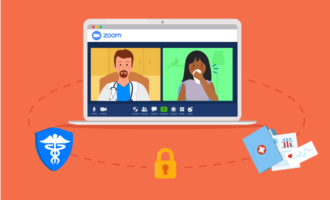
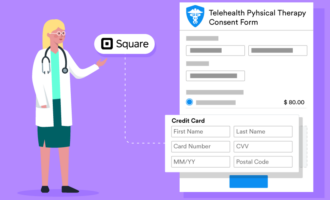
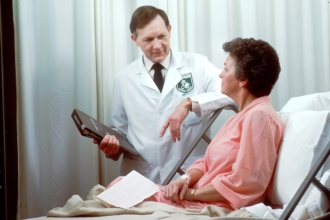

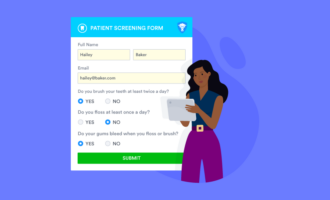

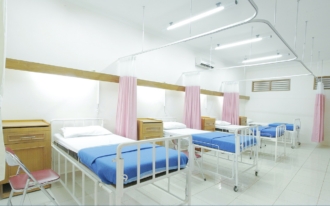







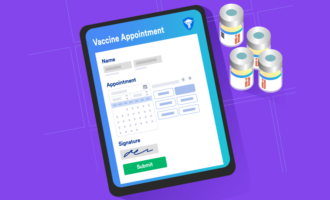

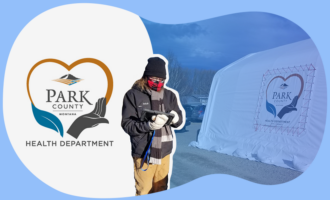















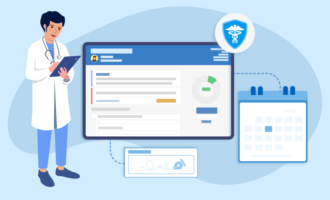











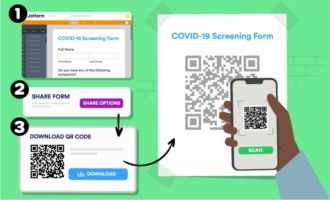

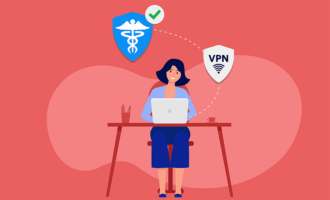
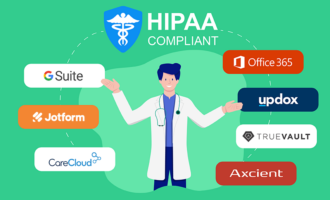




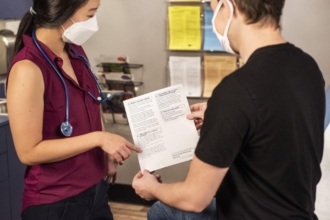





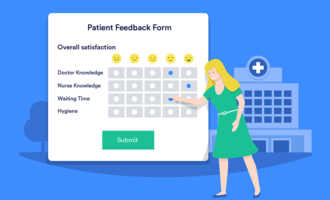

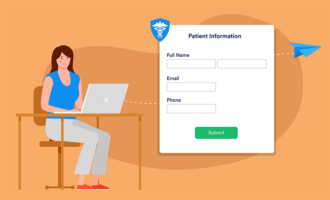
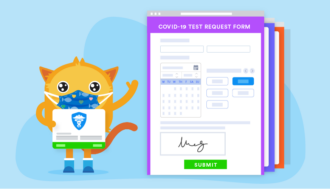








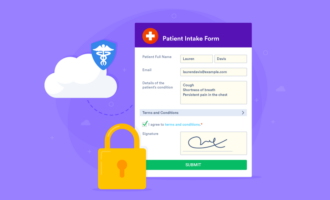



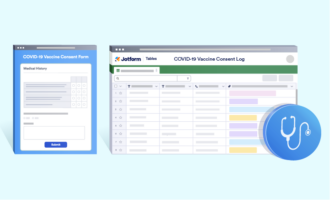


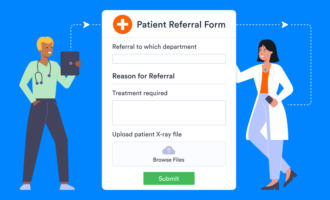






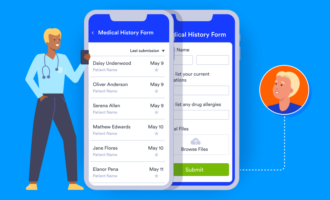






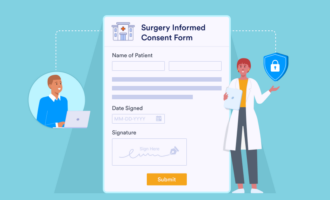

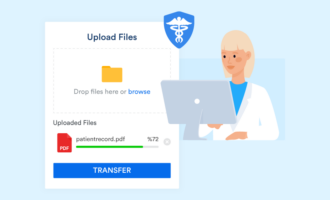





Send Comment: